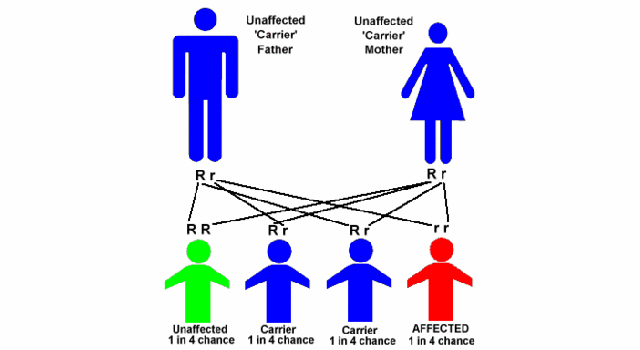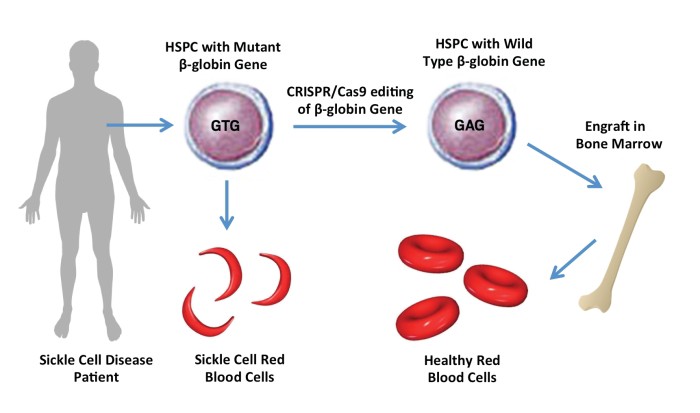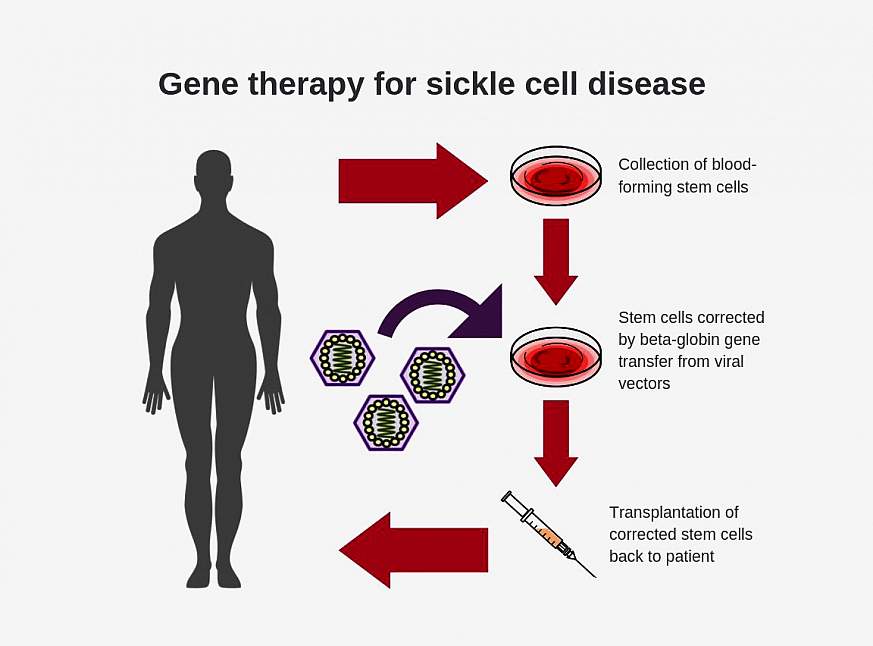
What you must know about sickle cell
Friday, June 19 was celebrated as World Sickle Cell Awareness Day. An annual celebration the world over to spread awareness about sickle cell disease.
Attention is also brought on preventive measures and what families and care givers go through tin caring for people with this genetic health condition the world over.
Advertisement
The blood of each one of us has got a mix of different cells one of which is the red blood cells. The function of the red blood cells is to transport oxygen from the lungs to various parts of the body where it is needed.
The main protein that transports oxygen in the red blood cells is called haemoglobin. The haemoglobin, a specialized protein, is a paired protein with each pair inherited from each parent.
Sickle Cell Disease is an inherited disorder in which one inherits two abnormal haemoglobins, one from each parent, one of which must be the haemoglobin S type.

Sickle Cell Anaemia results when both abnormal haemoglobin chains are of the S type. The different types of sickle cell disease are determined by the various abnormal haemoglobin combinations.
The underlying abnormality is that in sickle cell disease, the red blood cells (RBC's) are abnormally shaped. The cells change from the normal round, doughnut shape to the elongated shape of a sickle, or letter "C."
Sickled cells become stiff and pointed, unlike normal RBC's which move easily through small blood vessels. The sickle shape predisposes them to have a tendency to get stuck in narrow blood vessels and block the flow of blood.
This can cause severe pain and lead to organ damage because the cells are not getting enough oxygen.
Sickled red blood cells have a shorter-than-normal lifespan, which leads to a low red blood cell count called anaemia. Normal red blood cells can live up to approximately 120 days, whereas abnormal sickled cells live for only 10 to 20 days.

Children affected with the disease have inherited a sickle cell gene from each parent. Someone who inherits only one sickle cell gene and a normal gene from the other parent will have the sickle cell trait.
People who carry the trait don't have sickle cell disease or exhibit any signs of the disorder but they can still pass the disease on to their children. When two people who have the trait marry, there is a 25% chance that their offspring will have sickle cell disease.
When one parent carries the trait and the other actually has the disease, the odds increase to 50% that a child born to them will inherit the disease.
It is worth noting that one in four (25%) chance of having a child with the disease when both parents have the trait simply means that with each pregnancy, there is a 25% chance of having a child with sickle cell disease.
It is not that when you have four children, then one of them will have the disease. As a matter of fact, it could be that if the couple decide to have three children, all three could have the disease, all three could escape the disease or they may have a mix of the various combinations.

Symptoms of sickle cell disease can vary and range from mild to severe. The symptoms also vary depending on whether the abnormal haemoglobin combination is SS, SC or the other types. Those with SS combination tend to have more severe manifestation of the disease compared to the SC.
Most children with sickle cell disease have anaemia and may develop one or more of the following conditions and symptoms as part of the disorder:
• Acute chest syndrome - trapping of sickled red blood cells in the lungs.
• Aplastic crisis - Bone marrow temporarily slows its production of RBC's due to infection.
• Hand-foot syndrome (dactylitis) - Painful swelling of the hands and feet below 2 years of age.
• Infection - People with sickle cell anaemia are at an increased risk for certain bacterial infections.

• Painful crises - Pain can occur in any part of the body and may be caused by cold or dehydration or stress.
• Splenic sequestration crises - The spleen becomes enlarged by trapping the abnormal RBC's. This leads to fewer cells in the general circulation and worsens the anaemia with sometimes fatal consequences.
• Stroke - Poor blood blow can occur in the brain when sickle cells block small blood vessels. This may lead to stroke.
• Other possible complications can include: leg ulcers, bone and joint damage, gallstones, kidney damage, painful prolonged erections in males (priapism), eye damage and delayed growth.
Besides a bone marrow transplant, there is no known cure for sickle cell disease. Transplants can become a complicated procedure and currently in its infantile stage in Ghana.
However, even after bone marrow transplant the disease may be cured in the individual but it can still be transmitted to his/her children as the defect is locked on the genes.
Even without a cure, people with sickle cell disease can lead very normal lives. Certain types of medication can be taken to help manage the pain, and immunizations given to prevent infections.
People with SCD should also drink plenty of fluids to avoid dehydration and get plenty of rest.
Early detection of this condition is priceless, fortunately, the national newborn screening for this condition is about taking off.
Perhaps the single most important measure is educating the populace about knowing their sickle cell status whilst in school before they start developing feelings for the opposite sex.
So, wherever we are, let's play our part in creating awareness on sickle cell disease. Let's update our social media profiles to create the much-needed awareness on sickle cell disease.
[email protected]
A member of Paediatric society of Ghana




